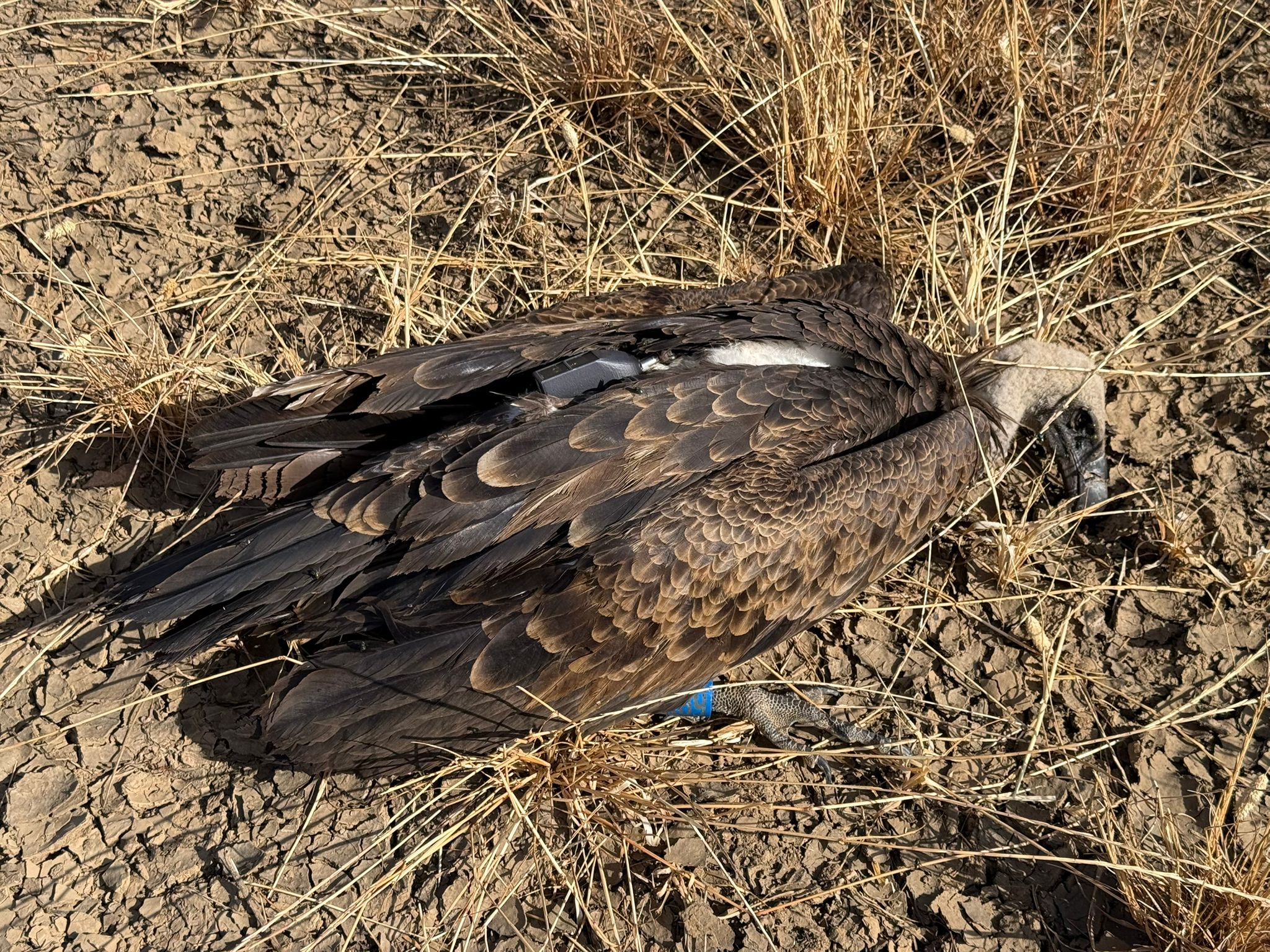Sad news: the life of Cinereous Vulture Dzhuranli, a vast traveller, was cut short in Iran. Dzhuranli was originally from Spain and was released in Bulgaria in 2020 within the scope of Vultures Back to LIFE as part of the project’s efforts to reintroduce the species.
From Spain to Bulgaria, the release of Dzhuranli
The Cinereous Vulture Dzhuranli fledged in the wild in Extremadura, Spain, home to the two most important breeding colonies of the species in Europe. Dzhuranli had to be rescued and rehabilitated. After a successful recovery, Dzuhranly, together with 14 other Cinereous Vultures, was transferred to Bulgaria in the summer of 2020, an important conservation measure within the Vultures Back to LIFE project. With the aim of establishing a viable population of Cinereous Vultures in the country, Junta de Extremadura, AMUS Wild Fauna Hospital and us at the Vulture Conservation Foundation (VCF) have been coordinating efforts to secure and transfer Cinereous Vultures to Bulgaria for their eventual release.
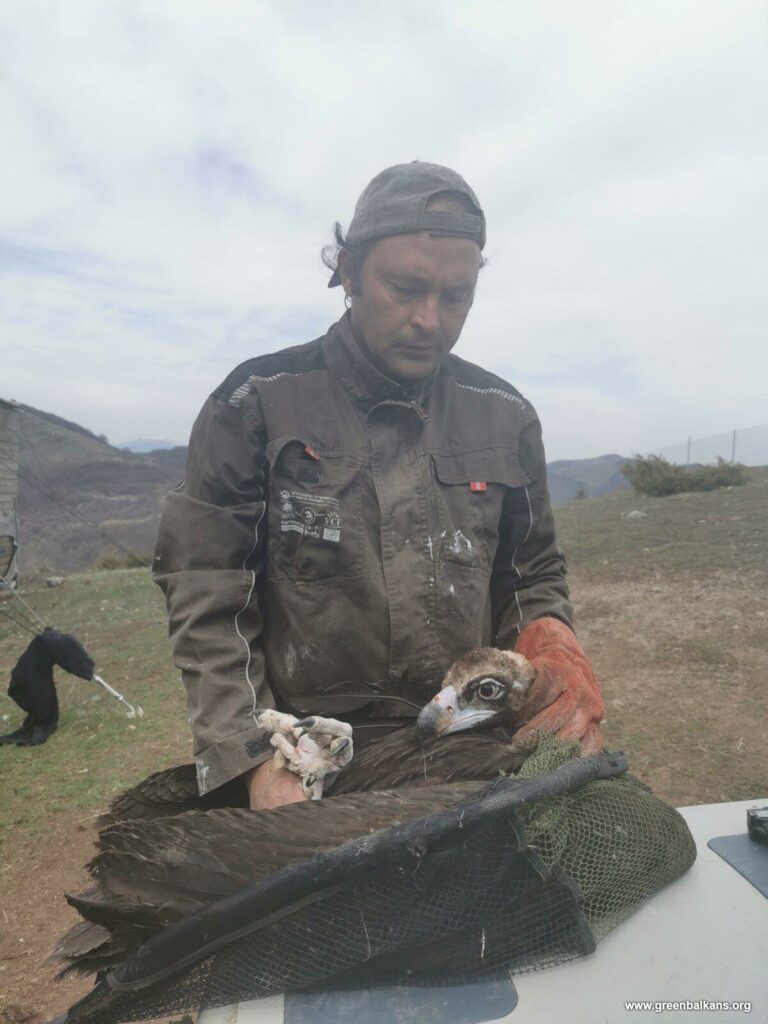
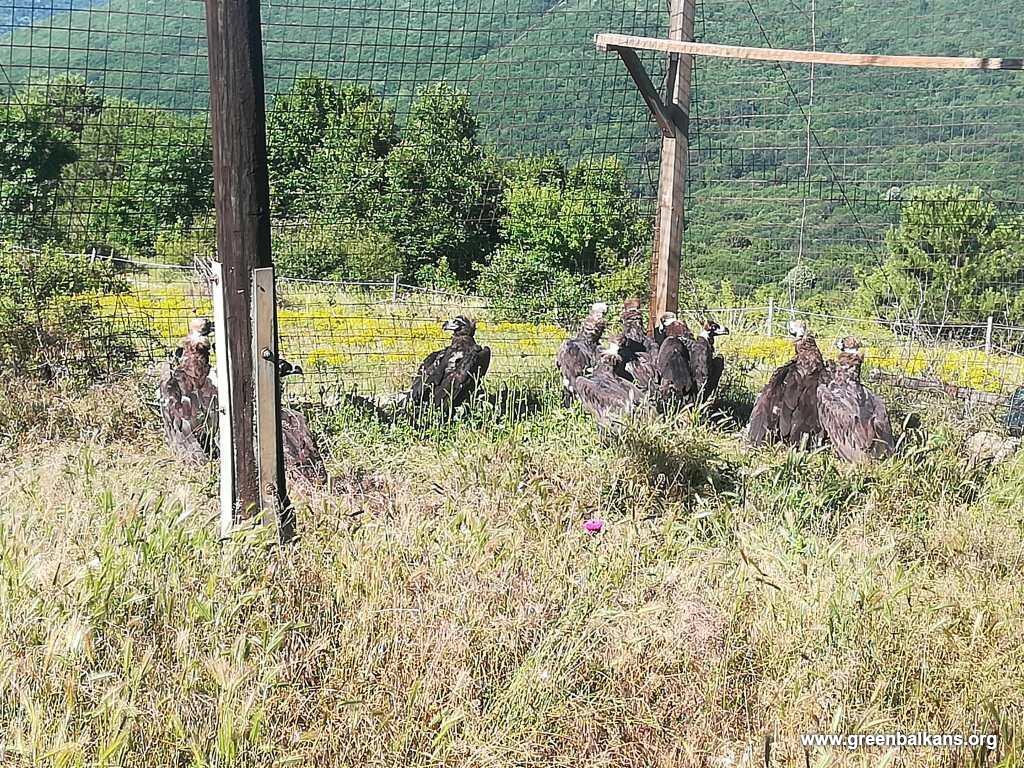
Upon arrival, all vultures entered acclimatisation aviaries to get used to their new home until their release into the wild. Ahead of their release, the Green Balkans and the Fund for Wild Flora and Fauna teams equipped the vultures with GPS transmitters, enabling real-time monitoring. Dzhuranli was then released in the National Park Sinite Kamani on March 2021.
Duzhranli’s impressive flights across 13 countries
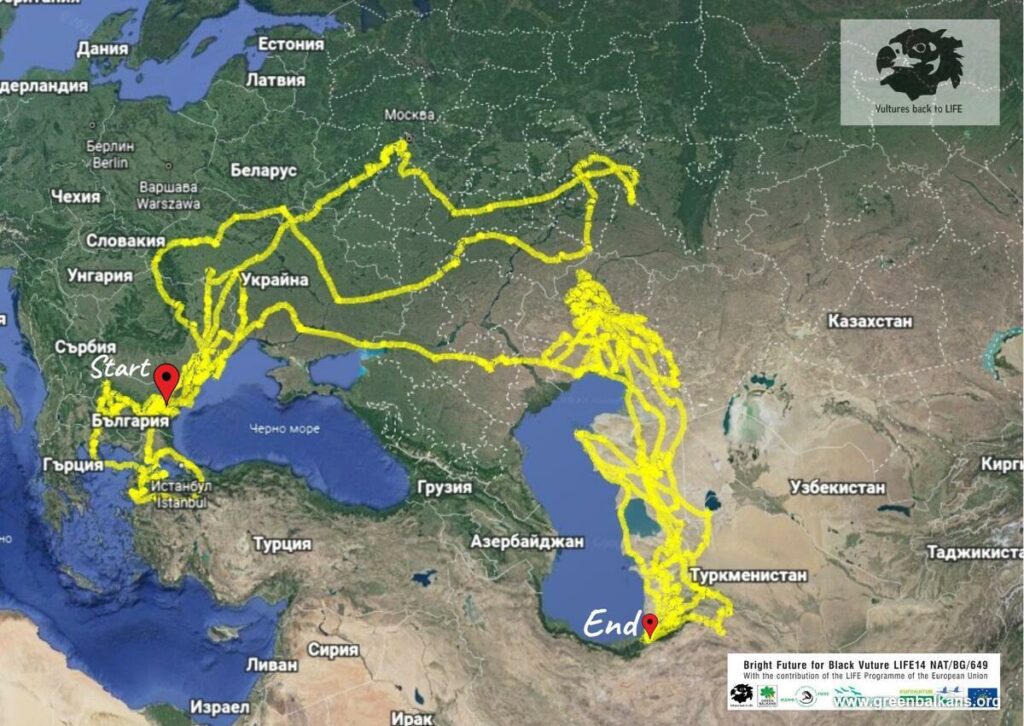
Since its release, Duzhranli, which was named after an important village in Bulgaria meaning courage and bravery, made impressive flights across Eastern Europe and Central Asia. In one of its most remarkable adventures, Duzhranli covered 352 km from the island of Marmara to the peninsula of Sithonia, which means it performed a continuous flight of 220 km in 7 hours (with favourable winds). After that, Duzhranli travelled to Romania, where it stood over the winter.
Its wandering movements did not slow down, as for almost two years, Dzhuranli crossed several countries in search of its place and a partner: Bulgaria, Greece, Turkey, Romania, Moldova, Ukraine, Belarus, Russia, Turkmenistan, Kazakhstan, Uzbekistan and Iran.
The death of Duzhranli
As the Cinereous Vulture Duzhranli reached Iran, the GPS monitoring team received suspicious data from its transmitter, indicating that the bird could possibly be dead. Iranian colleagues were contacted to verify the place but found only remains, as most of the carcass was probably eaten by terrestrial predators such as jackals. Without a carcass to analyse, the cause of death remains unknown.
Tagging Vultures with GPS transmitters is one of the most effective conservation measures. Apart from giving relevant scientific contributions about the behaviour, dispersal patterns and territorial preferences of the species, it quite often provides valuable information about the condition of the bird. With fast cooperation between monitoring and local teams, it is often possible to find the carcass intact and proceed with an autopsy and toxicological analysis to identify mortality causes.
The Vultures back to LIFE project
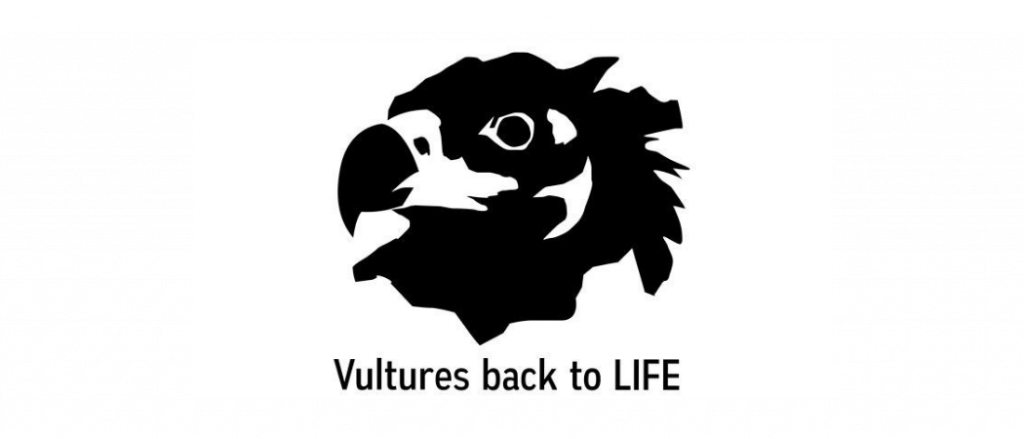
The Vultures Back to LIFE project, led by the wildlife conservation charity Green Balkans in collaboration with the Fund for Wild Flora and Fauna, Vulture Conservation Foundation, Junta de Extremadura and Euronatur, reintroduced the Cinereous or Eurasian Black Vulture to Bulgaria. Between 2015-2022, the team transferred and released over 60 birds into the wild, some from captive breeding but mostly coming from Spanish wildlife rehabilitation centres. By the project’s end, two chicks successfully fledged into Bulgaria’s wild, and there were more than 20 birds settled and 3-5 formed pairs.
The project also established supplementary feeding stations, boosted the populations of wild herbivores, created artificial nest sites and, among other actions, mitigated major threats to vultures in the country by insulating electricity pylons and combating illegal wildlife poisoning.

Source: Green Balkans
